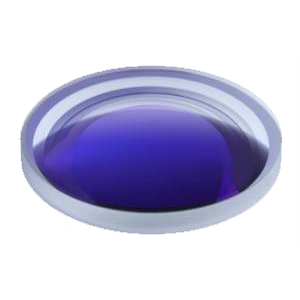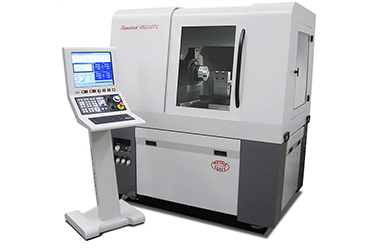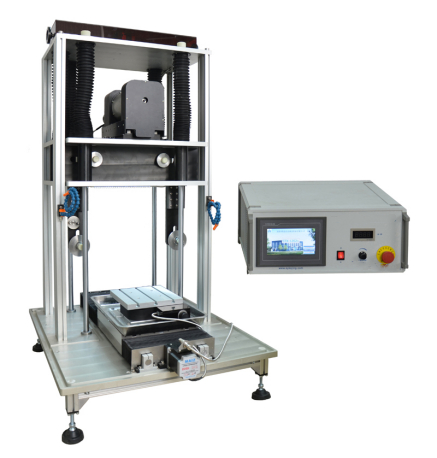Materials Processing
Special cold working of plane mirror and spherical mirror

1. Parameters of spherical mirror
General: radius of curvature (R), number of apertures (n), local aperture (△ n), finish (b), eccentricity (linear deviation C), angular deviation β)。
Special: specific dimensional tolerances.
2. Parameters of plane mirror
General, flatness refers to the number of apertures (n), local aperture (△ n), parallelism (/ /), angle (∠), perpendicularity (⊥), and fineness (B).
Special: specific dimensional tolerances.
| Ø 50 Ultra wide angle lens | Ø 70 glued objective | Ø 150 Beam splitter |
| 0.4mm Angle second level micro prism | 30_ Bevel cone lens | Step mirror |
| Φ 250 Spherical mirror | Ø 250 Spherical lens | Ø 300 Long lens |
| Wide angle mirror (multi sphere) | Conical lens | Hole positioning step mirror |
| Hexagonal quartz rod | 24x15x218 hexagonal quartz inclined rod | Angle rod mirror |
| Scanning glued prism group | Elliptical plane reflector | Octagonal strand prism (high speed scanning mirror) |
| Rod mirror of various sizes and precision | Strip mirror with various specifications and accuracy | Polorizing Prism |

Moore Nanotech 450UPL Ultra-Precision Diamond Turning Lathe
The company has American Moore 450upl single point diamond superfinishing lathe and related testing equipment, which can provide external superfinishing services. The processing materials include pure aluminum, bronze, brass, germanium, nickel sulfide, zinc selenide, chalcogenide glass, plastics, etc. it can carry out ultra precision processing of reflective and transmissive optical elements with plane, cone, sphere, diffraction surface, paraboloid and other surface types. The surface roughness of the processing elements can reach nanometer level, and the maximum processing diameter is 400mm. 450upl ultra precision lathe has stronger processing capacity and is suitable for single point diamond processing and fixed-point micro grinding of optical components. 450upl can be used in optics, aerospace, national defense, consumer electronics, bearings, computer industry, etc. The slewing capacity is 450mm, which can be improved according to customer needs. B and C rotation axes can be selected to realize four axis linkage. When the spindle c-axis motion control is selected, the annular circular surface, biconical surface, off-axis aspheric surface and free-form surface can be processed by slow tool servo system (S3). Compared with grid processing, Moore nanotechnology's slow tool servo system can greatly reduce processing time and is easy to install and use. The surface finish and shape accuracy of machined parts are equivalent to those of rotationally symmetrical diamond machined parts.
It has American Moore 450upl single point diamond superfinishing lathe and related testing equipment, and can provide external superfinishing services. The processing materials include pure aluminum, bronze, brass, germanium, nickel sulfide, zinc selenide, chalcogenide glass, plastics, etc. it can carry out ultra precision processing of reflective and transmissive optical elements with plane, cone, sphere, diffraction surface, paraboloid and other surface types. The surface roughness of the processing elements can reach nanometer level, and the maximum processing diameter is 400mm.

The company has a full-automatic diamond wire cutting machine, which is suitable for cutting materials with different hardness, such as ceramics, crystals, glass, metals, rocks, thermoelectric materials, infrared optical materials, composites and biomedical materials. It is mainly used to process large-scale precious materials, and the cutting size can reach 12 ". The full-automatic diamond wire cutting machine has high cutting accuracy and can meet the cutting of most materials. The full-automatic diamond wire cutting machine is a continuous cutting diamond wire cutting machine. After setting the cutting procedure, the sample is fed continuously without manual adjustment. The size accuracy of the cut sample is high, within ± 10% μ M.
Detailed parameters are as follows:
1. The main motor drives the diamond cutting line to move downward at a constant speed, and the material is fixed on the workbench to ensure the stability of cutting.
2. The workbench can be operated manually or through program control ˚ Rotation adjustment.
3. Pneumatic tensioning system and imported pneumatic components are adopted to make the tensioning force more stable and reliable.
4. PLC program control system and large touch screen make the operation simple and fast.
5. We can design tools and fixtures according to your needs.
Automatic Diamond Wire Cutting
1. Ceramic materials: alumina ceramics, zinc oxide ceramics, zirconia ceramics, target ceramics, honeycomb ceramics, semiconductor ceramics, conductive ceramics, non-conductive ceramics, etc;
2. Crystal materials: graphite, silicon crystal (solar polysilicon, monocrystalline silicon), sapphire, alumina crystal, infrared glass crystal, alumina crystal, silicon carbide crystal, cesium iodide crystal, etc;
3. Glass materials: chalcogenide glass, optical glass, quartz glass, infrared glass, glass tube, etc;
4. Metal materials: iron, aluminum, copper, titanium alloy, magnesium alloy and other metals and alloys, non-ferrous metals (zinc sulfide, ferrite), etc;
5. Composite materials: PVC board, carbon fiber composite, glass fiber composite, etc
6. Rock materials: precision cutting of natural rock, jade, meteorite, Peicui, agate and other high-value materials; Geological light slice, geological thin slice (sedimentary rock, magmatic rock, metamorphic rock, ore), etc.
7. Thermoelectric materials: bismuth telluride, lead telluride, silicon germanium alloy, etc
8. Infrared optical materials: zinc selenide, zinc sulfide, silicon, germanium and other crystals
9. Biomedical materials: bioplastic specimen sections (joint sections of human animal organs, jaw soft and hard tissues, implant observation, dental crown and bridge, teeth and other histological specimens); Joint sections of soft and hard tissues in orthopedics (fresh and hard tissues such as femur, hip joint and vertebral body, bone histological samples with implants, etc.); Cardiovascular and cerebrovascular stent sections, stone sections and other medical tissue sections.
